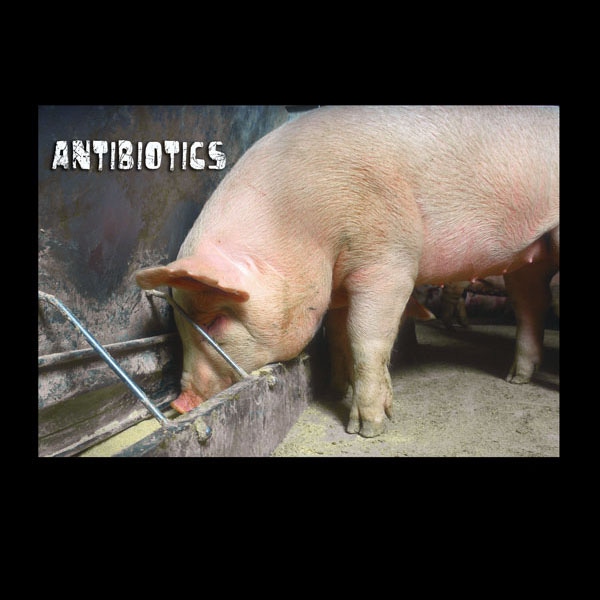April 4, 2016

The nation’s two main hog producer organizations welcomed the findings of a White House advisory panel in a report issued last week offering recommendations for addressing antibiotic-resistant bacteria.
The National Pork Producers Council says pork producers have been doing their part to tackle the growing resistance problem.
The Presidential Advisory Council on Combatting Antibiotic-Resistant Bacteria recommended that federal agencies involved in the effort to address antibiotic resistance take a number of steps, including embracing a “One Health” approach that looks at the resistance issue from a human, animal and environmental prospective; improving coordination and collaboration among agencies; establishing partnerships with states and local agencies, tribes, private-sector organizations, commodity groups, philanthropic organizations and international bodies; providing economic incentives for developing and deploying new diagnostic, preventive and therapeutic tools to fight diseases; and committing sufficient resources to address the resistance problem.
On the latter, PACCARB advocated that, at a minimum, agencies’ fiscal 2016 funding levels be maintained. It also pushed for funding USDA efforts to conduct on-farm antibiotic-resistance surveillance. (USDA got no fiscal 2016 money for surveillance.)
“For at least the past 10 years, pork producers have taken steps to address the resistance issue, so we agree with these recommendations, particularly the need for adequate funding,” says NPPC President John Weber, a pork producer from Dysart, Iowa. “Pork producers support changes to confront this very serious problem, and we will continue to do our part.”
The Pork Checkoff, funded directly by America’s 62,000 pig farmers, has defined a three-point antibiotic stewardship plan centered on research, pig farmer education and outreach to pork industry partners and consumers.
“Antibiotics are essential tools for veterinarians and farmers in raising healthy livestock and producing safe food,” says John Johnson, the National Pork Board’s chief operating officer. “We are pleased to see the administration acknowledge the very real changes occurring on farms across America in accordance with new federal guidance.”
Johnson specifically points to references in the PACCARB report that notes U.S. Food and Drug Administration Guidance 209 and 213, which bring the use of medically important antimicrobial medicine under the direct supervision of veterinarians to be used only when necessary to ensure animal health. The report also defines the need to collect more, and better, data.
“Pig farmers embrace the new guidelines and are actively implementing them across the country,” Johnson says. “Strengthening veterinarian relationships, requiring a prescription or veterinary feed directive for the use of medically important antibiotics in water and feed, and prohibiting use of medically important antibiotics for anything other than treatment, control and disease prevention are major steps forward.”
Beginning next year, pork producers no longer will be able to use antibiotics important for human medicine for promoting growth in animals, and they will be required to obtain a veterinary prescription for other uses of those same antibiotics delivered in feed and water. Since 2000, the NPB has invested more than $6 million to research and collect data on this issue. The Checkoff also has provided tools to pig farmers that are specifically addressed in the Council’s report. The pork industry’s current research is focused on priority areas that include alternative antibiotic technologies, the environmental fate of antibiotics, antibiotic-resistant bacteria and resistance genes and route of administration on the potential development of bacterial resistance.
Also, the NPB is researching new ways to evaluate models and metrics for collecting data on antibiotic use in the U.S. pork industry. This investment in research, which is consistent with the focus of the Council, further underscores the pork industry’s commitment to enabling and implementing on-farm change.
“Antibiotics are essential tools for keeping our animals healthy and producing safe food,” Weber says. “So ensuring they continue to work against diseases is vital to producers.”
In February, the NPB convened the first meeting of its Blue Ribbon Panel on antibiotic stewardship. The third-party panel includes seven experts who have specific experience and knowledge in animal and human health antibiotic practices or in retail and foodservice consumer marketing. The panel’s focus is to provide objective, independent counsel on the NPB’s research, education and communication priorities.
The full PACCARB report, issued on March 31, can be found here.
You May Also Like



